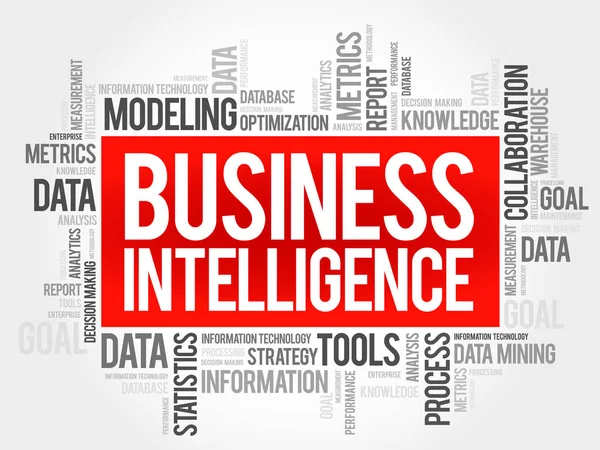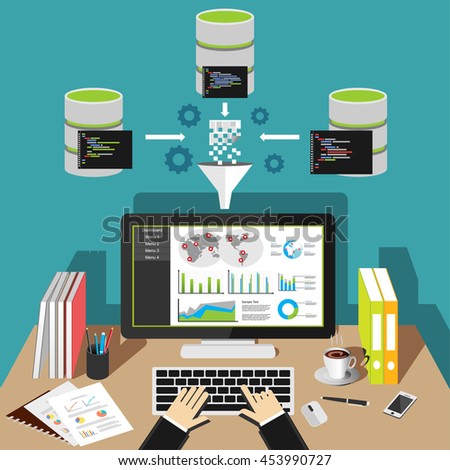Board’s unified platform for evaluation, simulation, and planning makes business determination-making more efficient and efficient. Papers revealed in IJBIDM are geared heavily in direction of purposes (use of intelligence knowledge evaluation and mining methods in business functions), with an anticipated split of 70{1b2a488ea3afcca321315547aa315eca26b010ed17707ae7b0b760c2a477a27a} of the papers published being purposes-oriented, analysis and the remaining 30{1b2a488ea3afcca321315547aa315eca26b010ed17707ae7b0b760c2a477a27a} containing more theoretical research.
Sporadic use of the term enterprise intelligence dates back to at least the 1860s, but consultant Howard Dresner is credited with first proposing it in 1989 as an umbrella phrase for applying knowledge evaluation strategies to support business resolution-making processes.
BI encompasses a wide variety of instruments, purposes and methodologies that allow organizations to collect information from internal programs and external sources, put together it for evaluation, develop and run queries against that information, and create experiences, dashboards and knowledge visualizations to make the analytical outcomes obtainable to company determination-makers, as well as operational workers.
It’s meant to be the premier technical publication within the field, providing a resource collection related common methods and strategies and a forum for unifying the diverse constituent research communities in business intelligence and clever information analysis.
So as to address this problem, the Enterprise Intelligence (BI) area of Oesia Group is responsible for growing effective solutions that may assist and assist the choice making within the firm setting, becoming a member of and making uniform all these sources by a stable and centralized vision and avoiding information islands.